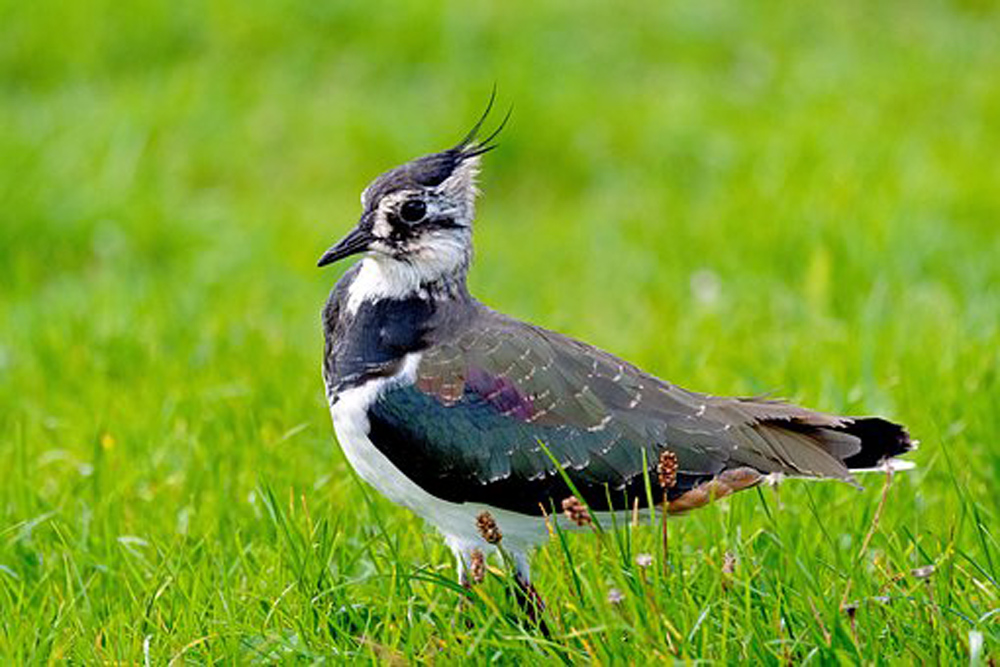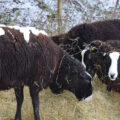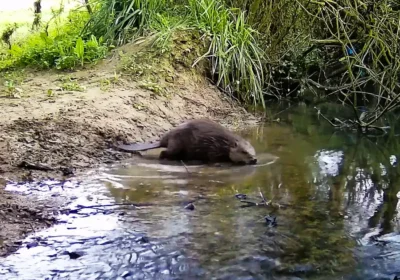by Susie Curtin.
FEBRUARY. By now, it is obvious how the days are lengthening. The light is growing in intensity as the sun’s arc gets higher. Banks of snowdrops are ready to burst into cheery clusters and the tree buds are swelling. I have noticed that the birds have already begun to seek out their nest sites, and every morning it fills me with joy to watch my garden wrens begin to build their intricate nurseries.
In the northern hemisphere February is the last month of winter to endure before the promise of spring. In old English it was known as ‘Solmonath’, meaning ‘mud month’ – rather an apt name for the landscape I am exploring today high on the ridge between Sherborne and Dorchester.
This is one of my favourite haunts. Behind me, the skies speak of the nearby ocean and in front of me, the hills and valleys of Dorset roll away in waves of green. Small herds of roe deer are basking in the warming rays of sunlight and picturesque clouds have bubbled up over the ridgeline. There is hardly any wind, and I can feel the warmth of the sun on my shoulders. It is a perfect day to be here.
I think about the week gone by and the goals ahead as my feet slide sideways on the muddy path. Then, just as I begin to descend into the valley, I am greeted by an enormous deceit of lapwing, the largest flock I have ever seen in Dorset. They take me completely by surprise as they wheel and swirl their aerobatic flight right above my head. These are the birds of my childhood and one of my much-loved waders. In fact, it was the first bird I ever drew and the first wader I could put a name to. They were so prolific on the farmlands I grew up on.

Lapwings are in serious decline and are on the red list of threatened species
It’s Latin name is Vanellus Vanellus, meaning ‘little fan’ and is so named because of the bird’s soft rounded, long flappy wings. In winter they form large dense flocks that flicker black and white as they tumble and turn in murmurations that ebb and flow like spilled mercury. I stop in my tracks to enjoy this spectacle, marvelling at their silhouettes against the blue sky.
In the breeding season, they disperse into groups to raise their young in small round scrapes lined with plant material. Nests are positioned on open ground so that the adults can easily spot predators. I remember as children we would seek out these scrapes and marvel at the cute, scruffy, long-legged chicks whose mottled brown plumage made them quite difficult to find. When we did stumble across a nest, the adult birds would make their piercing ‘peewit’ call as they dived angrily towards us, fending us off.
When on the ground, you can see that the adult bird’s plumage is not black at all but a dark, iridescent green tinged with purple. They also have an elaborate crest on their heads. Sadly, it is many years since I saw a chick as lapwings are in serious decline and are on the red list of threatened species. Indeed, I feel quite privileged to have seen them today.
As I watch them retreat over the ridge and down onto the grasslands below, I recall why a flock of lapwing are called a ‘deceit’. It is because they are known to feign injury when threatened or when their nest sites are approached. In his poem The Parliament of Fowles, Chaucer warned of ‘the false lapwynge, full of trecherye’. On the contrary, how clever they are to protect their young.
Dr Susie Curtin is a nature writer and qualitative researcher; wildlife travel blog at rewildingjourneys.com/; email curtin.susanna@gmail.com









Leave a Reply